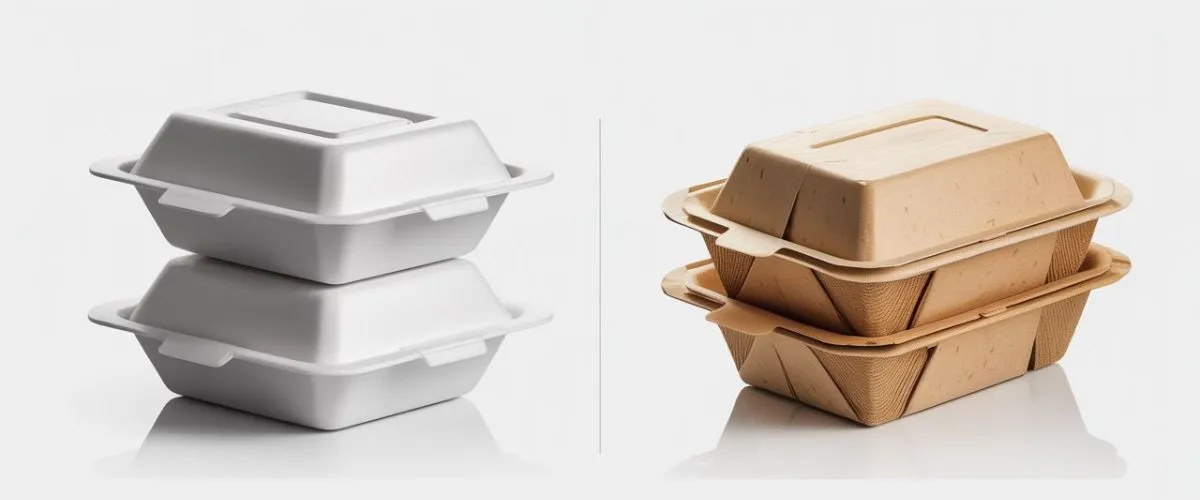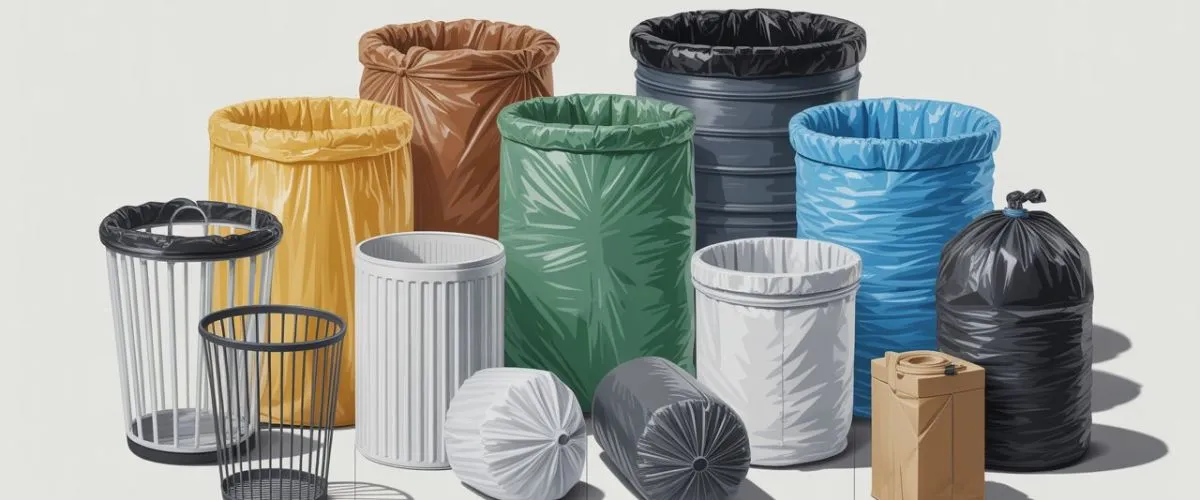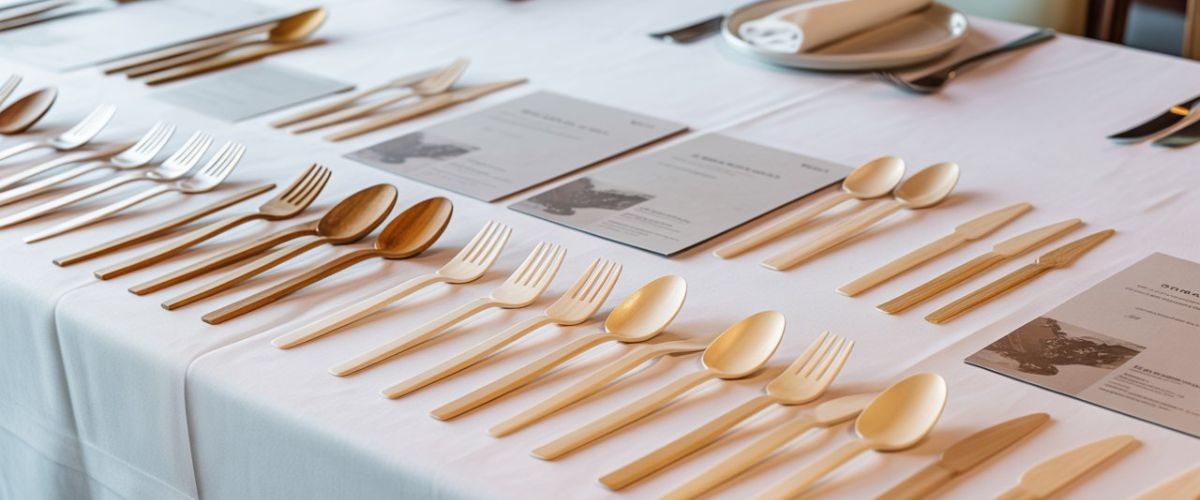Tin Foil vs Aluminum Foil: What’s the Real Difference?
- admin
- Aluminum Foil, Tin Foil
- 0 Comments
Over decades, humans have been wrapped in shiners made of metallic sheets in their kitchens – to wrap up leftovers, to bake and to grill. To most of us, it is still tin foil, but most of the stuff we use is made out of aluminum foil. But why did the name stick? And is there such a difference between the two?
We will consider the actual truth of the tin foil vs aluminum foil, the differences between the two materials and the reasons why the latter has fully taken over the former in the kitchen and the entire foil pans in the wholesale market.
The Rise of Aluminum Foil
The market changed entirely with the invention of aluminum foil. It was initially presented at the beginning of the 20th century, but became commercially popular following World War II. Aluminum was less expensive, lighter and could be produced in large quantities.
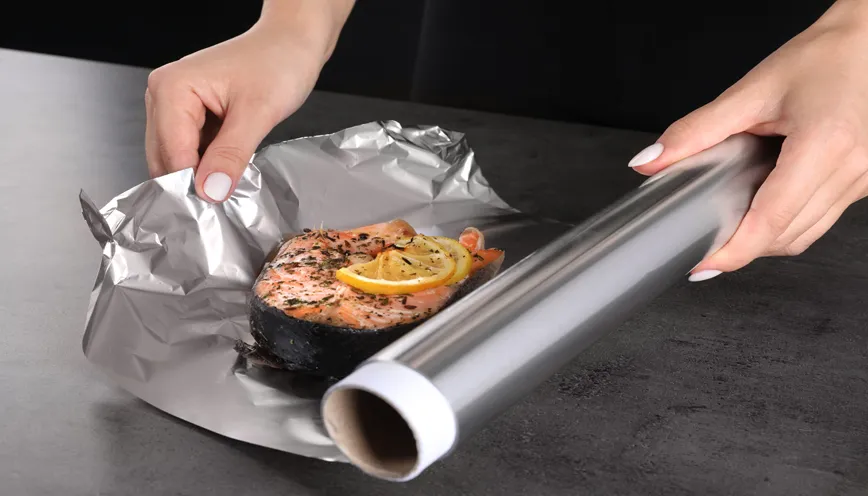
By the 1950s, tin foil was discontinued in favour of aluminum foil in almost all households. When modern folks discuss the concept of a tin foil, they just about always mean aluminum foil – a speech phenomenon that has merely never died out. Today, every foodservice disposables supplier relies on aluminum foil for its affordability, versatility, and widespread use across kitchens, restaurants, and catering industries.
Tin Foil vs Aluminum Foil: Which One is the Best
1. Material Composition
Tin foil is produced by means of tin, a soft and silvery metal, which cannot be easily corroded, though it is not as abundant or pliable. Aluminum foil consists of aluminum – a lightweight, highly conducting and easily mouldable metal.
2. Cost and Availability
Tin is more valuable and difficult to refine. One of the most common metals on earth is aluminum, which is manufactured out of bauxite ore. Wholesale aluminum pans and foils are very cheap due to their easy availability.
3. Corrosion Resistance
Tin foil may oxidise, and it develops a dull finish. Aluminum foil is much more resistant to corrosion and particularly when stored in dry conditions.
Why Radioactive Strips Gave Way to Aluminum Foil
It was not only the performance that changed between the use of tin and that of aluminum, but also the practice and cost. The same kind of material used at home could be shaped into a wholesale aluminum pan, food packaging or even in the construction and insulation sector.
How to use Aluminum Foil?
- Cooking and Baking: It assists in retaining the moisture and flavor and enables the even distribution of heat.
- Storage Food: Foil wraps prevent the entry of air and increase the duration of leftovers.
- Insulation: It is a material used in electrical applications and thermal insulation, as it is a reflector of heat.
- Packaging: Packaging is done in aluminum foil pans and lids, which are easily transportable and easily reheated.
Wholesale Foil Pans and Their Daily Significance
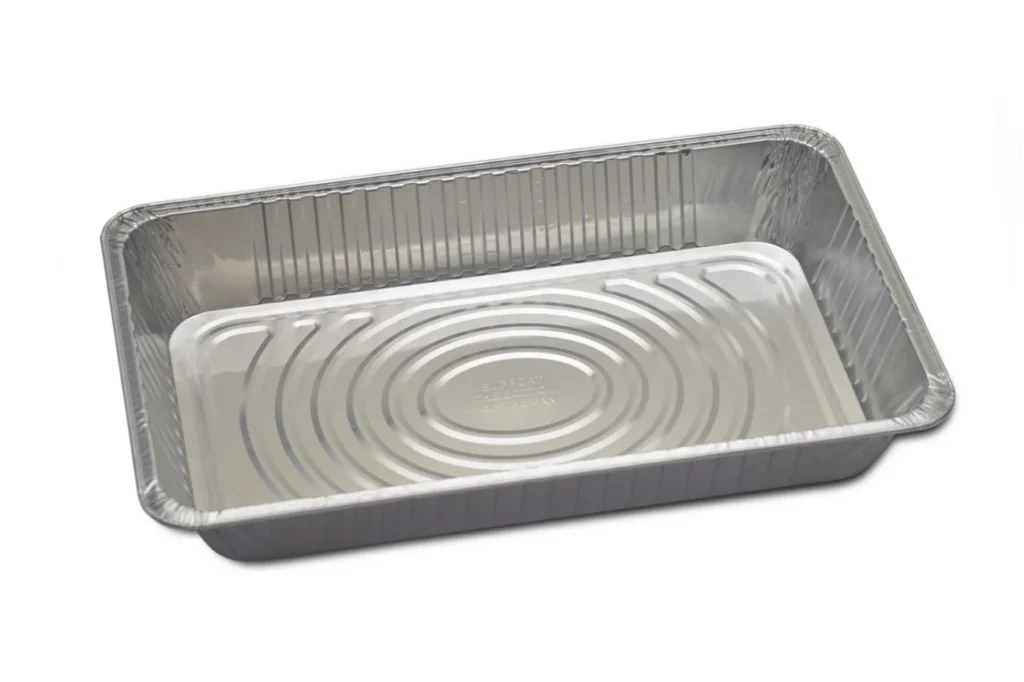
Wholesale foil pans are essential in the current food industry. Bakeries, restaurants and caterers use them in the preparation, storage and delivery of food easily.
The following are the advantages of using wholesale aluminum pans:
1. Durability
Aluminum pans are sturdy and they carry heavy dishes without deforming or spilling. They can resist high and low temperatures, hence they are ideal in ovens as well as in freezers.
2. Heat Retention
They spread and store heat uniformly and thus food cooks completely. This attribute is particularly handy when baking and roasting huge quantities of food.
3. Convenience
Disposable wholesale foil pans save time and work -there is no necessity to wash or store them after use. This renders them useful in parties, take away and catering services.
4. Cost-Effective
Purchasing in large quantities of aluminum pans is more cost-effective to restaurants and event organizers. Low cost of production of aluminum makes it affordable and does not affect the quality of the productions.
5. Recyclability
Aluminum is 100% recyclable. It can be recycled severally times without any form of quality loss, thus making it one of the most sustainable food packaging materials.
Sustainability: Green Advantage of Aluminum
Aluminum was the best option in a generation that is geared towards environmentally-friendly practices in recycling. The recycling of aluminum uses the minimum amount of 95% less energy than making it with raw materials.
It is this sustainability aspect that is motivating more households and commercial kitchens to adopt aluminum-based products, including foil rolls to foil pans as well.
Can You Still Find Tin Foil Today?
Technically, yes, but very rare. Actual tin foil used in scientific or artistic work may be sold by some specialty stores, but it is no longer used in cooking.
Conclusion
Tin foil had a role to play in history, but the affordability of aluminum, its strength, versatility and recyclability of aluminum has seen it adopted as the global standard.
Aluminum has transformed the way food is cooked, stored and transported, either through wrapping leftover food to storing large quantities of food in foil pans used in large-scale food services. Therefore, when anybody mentions it as a tin foil again, you will know what the truth is: it is aluminum, and it is here to remain.
Read Also: Low Density vs High Density: What’s the Real Difference?




